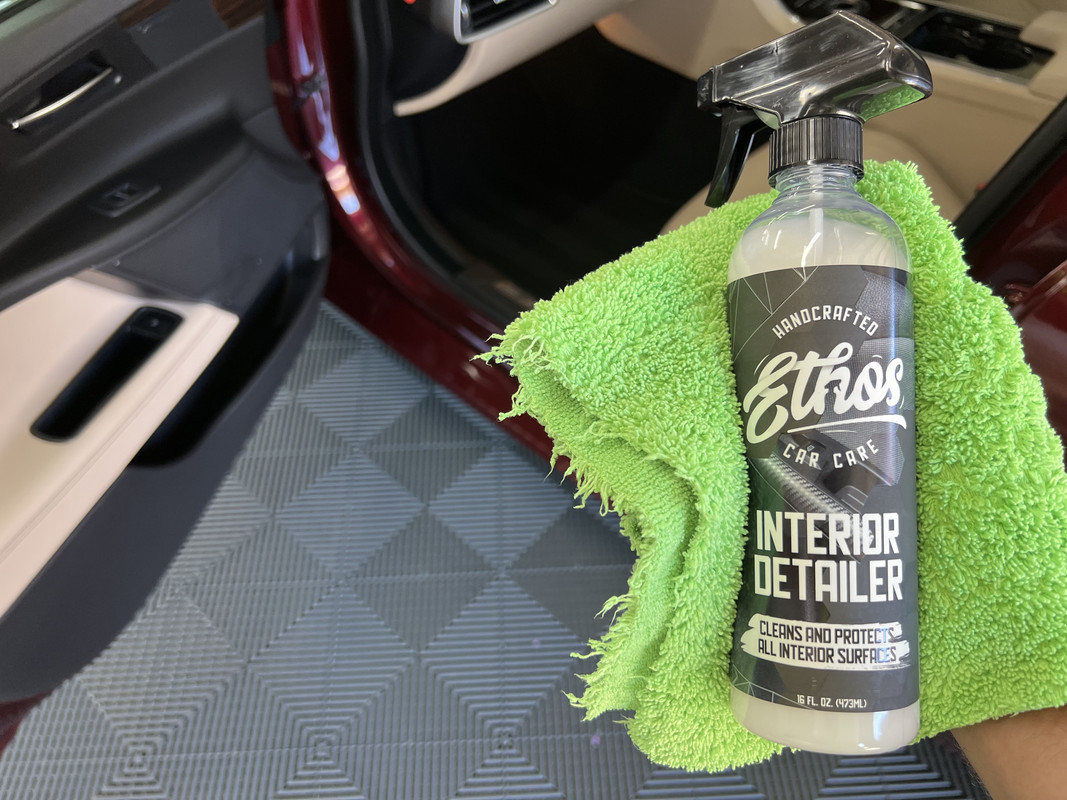Spent more than hour messing around with this Diva today. Actually, I've spent more than a few hours messing about with this Diva over the last week.....................

When I bought this mower (second hand), it was a strong runner and would rev up quite nicely under load like the VSX/VEX versions of this engine do. Except, for some reason not long after, it had fallen back to about 2800 rpm. Not enough to cause it struggle through taller grass, but with no load, these should be running at about 3300 rpm at full throttle and then spur up to about 4000 rpm when loaded. This week, I finally looked into it further.
First step, I started trying different weight and length carburetor springs. Actually, there are two springs within these G4 carbs, a short and long version, the former is what controls the governed engine speed. Over time, these can lose tension, so sometimes a replacement can sure over or under revving.
Victa Carburetor Spring Long Type | Push Mower Repair
This can be accessed two ways, either remove the side cover, or remove via the spring access cap (figure 3 below), which is the easier way to do it as you generally don't have to remove the impulse line. After trying a few different springs with no improvement, I even tried putting a spacer washer between the cap and spring, which lifted the revs but made it erratic and surgy.


I also checked and tried the different settings of the poppet valve (figure 2 above). This was Victa's way of adjusting the carb for different applications, this engine was used on mowers, edgers, slashers, yard vacuums, even as an outboard boat motor. Again, no effect.
I then removed the blade carrier to access the exhaust outlet, thinking it could have been choked up. But it was mostly clear.
I then ordered a used replacement carb, throttle and intake snorkel tube assembly. I have no use for the carb.......... actually, I'm going to teach myself how to rebuild these things with it. What I needed was the replacement hose and larger air filter inlet adaptor unique to the VSX/VEX engine as the original was cracked. The idea being it was leaking and preventing it from running properly.

Typically, to replace the throttle cable and intake snorkel, you need to disassemble the carb to unhook the cable from the carburetor throttle cam, this allows you to remove the tubing from the cable that runs through it. But I didn't want to pull the carb to bits, so I did it the "hard" way by taking the throttle and air cleaner assembly off, unhooked the cable from the lever (which required the removal of the orange plastic t-handle), unhooked the tube from the carb and fed the cable out. I then put replacement back on in reverse order.
I started it up and now we were dealing with about 3100 rpm. I then got cocky and decided to try a different spring to bring it up to the magic 3300 rpm number. In the process, I accidentally removed the white carb cap, no big deal, I cleaned it and easily snapped it back into place. I stared it up and whaaaaaaam! The thing shot to over 4200 rpm..........to much!! I then cycled through the springs and still, it was running too hard.
From here, I also trialed dialing the poppit valve to the slower A position, but it still wanted to take off. Earlier in the piece, I had also checked and blew out the impulse line to no effect, which is another governing element to the carb. So now I'm contending with a leak somewhere, be that the crankcase/starter o-ring or the intake manifold/carb o-ring. Or maybe a stuck decompressor.
I suspect that all along, the white cap was not seated properly and was causing it to under rev. Now I have an over revving engine that just wont settle down. I can run it part throttle no worries and have it sitting nicely at about 3000 to 3200 rpm, but beyond that, I'm frightened it'll throw a rod. I was actually getting this mower fixed up to take to work so we can start scalping a particular section of lawn. But I can't hand this machine over to that particular employee, he'll blow the thing up in no time.
While I love these engines, I have always said they can be Diva's. And so this one has proved. These are incredibly strong and long-lasting engines, the block and cylinder made from cast-iron, but they need all the ducks lined up to run correctly. They also drink lots of fuel and make a lot of noise. But nothing will stop them when the going gets tough.


Here's one that is actually running properly..........................
On the plus side, I did fix the Rover Combat this afternoon, adjusting the throttle cable to properly engage the choke for cold starts. You win some, you lose some................

































 ️
️